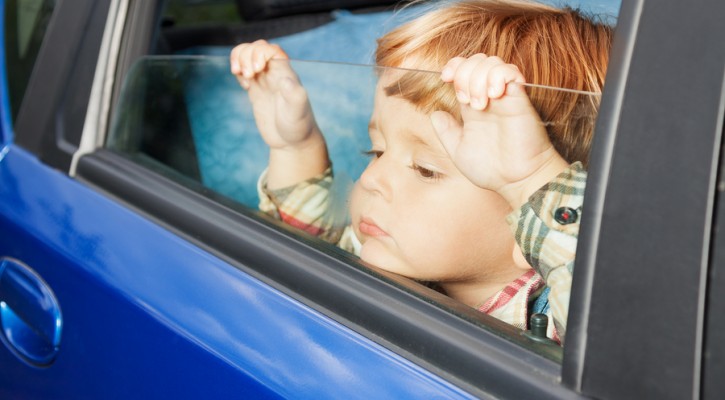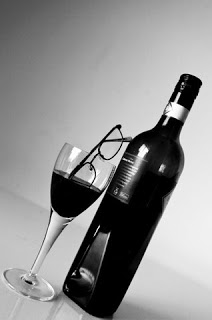Category Archive: Drunk Driving

Most Children Killed In DUI Crashes Are Passengers Of Drunk Driver
May 8, 2014
Most often, when a child is killed by a drunk driver, the child isn’t a passenger in another vehicle but instead is a passenger of the drunk driver. A recent study led by Dr. Kyran Quinlan of Northwestern University looked at traffic deaths involving children under the age of 15 over a ten year period. The data showed that, two-thirds of the time in DUI related crashes, the child was being driven by the drunk driver responsible for the crash. The data also showed that, the more the driver had been drinking, the less likely that the child was buckled into a seat belt or child safety seat. Read more: In Crashes That Kill Children, It’s Their Driver Who’s Often Drunk

Guidelines For Spring Break Designated Drivers
March 25, 2014
Is a designated driver someone who drinks less than everyone else? Enjoying your spring break safely and responsibly means choosing to use designated drivers who elect not to drink. Here are some tips on how to be a superstar designated driver. Read More: How To Be a Good Designated Driver

Drunk Driver Kills 2, Injures 23
March 13, 2014
A drunk driver trying to elude police in Austin TX plowed into a crowd at the popular SXSW Conference. He now faces two counts of capital murder and 23 counts of aggravated assault. http://kxan.com/2014/03/13/two-killed-multiple-injuries-after-car-runs-through-crowd-downtown/
Photo: KXAN TV, Austin Texas

Does Europe’s Relaxed Alcohol Attitude Lead To Fewer Drinking Problems?
October 20, 2011
In the debate over drinking age limits and DUI issues, comparisons often arise about Europe’s relaxed drinking attitude vs. America’s somewhat puritanical attitude toward alcohol. The comment is often made that Europe has a much more relaxed attitude toward drinking and they don’t seem to have nearly the problems that America has when it comes to binge drinking and driving under the influence.
It is true that Europeans, especially along the Mediterranean coast, have long had a much more relaxed attitude toward drinking. Wine seems to be a part of every meal, whether at home or in restaurants. In the evenings, sidewalk cafes are crowded with patrons enjoying a drink while relaxing with their friends. Young people are exposed to alcohol much earlier and many see little harm in allowing children a small sample of wine now and then. Some European countries allow drinking as young as 16 and some have no age limit laws at all. However, as is often the case, what appears on the surface, hides a much greater problem underneath.
US culture has long had an impact on European culture whether through music, movies, or fashions. Unfortunately, another influence from the US seems to be changing European drinking attitudes, especially among young people. Britain has had an ongoing problem with binge drinking and, over the last ten to twenty years, that problem has crossed the English Channel into Europe proper. The issue has become a major health issue leading to more limitations on drinking among young people and much tougher DUI laws for all.
Social scientists in America and the European Union (EU) consider drinking to excess as a major health issue and define binge drinking as consuming five or more drinks at a single occasion. Several studies sponsored by the EU point to binge drinking as a major social and health issue. Previously, drinking was seen as a social custom – friends sharing one or two drinks while discussing the issues of the day in a sidewalk cafe – and drunkenness was a rarity. Now, especially among younger people, the goal of drinking is to get drunk and that has led to problems of binge drinking and with that, problems of increased crime, vandalism, injuries, and death.
A study sponsored by the European Commission and by the Health Ministries of four different nations revealed that, in 2006, 80 million Europeans, aged 15 and above, had reported binge drinking at least once a week. That is one-fifth of the EU’s adult population. A report from Germany showed that the number of admissions into hospitals for alcohol poisoning had more than doubled in just six years between 2001 and 2006.
The problem has become so acute that 87% of EU citizens now feel that drinking ages should be raised and alcohol advertising directed at youth should be banned. Some cities, such as Lyon France, have banned the sale of bottled alcohol in stores after 10:00 PM to discourage drinking by young people and there is more talk about limiting the sale of alcohol to young people throughout the EU.
The European Commission study also showed that, just like in the US, one-third of all traffic deaths are due to alcohol use. If Americans think that Europe’s drinking and driving laws are more relaxed than ours, they should think again. The EU has suggested that all EU states adopt a Blood Alcohol Content (BAC) of no more than 0.05 as the legal limit for DUI. Several countries, such as Estonia, Poland, and Sweden have gone way beyond that, setting the legal limit at 0.02 BAC. Romania and Slovakia allow no measurable amount of alcohol at all (0.00 BAC) in their drivers. Ireland, the last hold-out at 0.08 BAC, just recently lowered their limit to 0.05 BAC.
It seems that, no matter where alcohol is used, its abuse causes problems and people are willing to take drastic measures to cut down on its availability and use.
